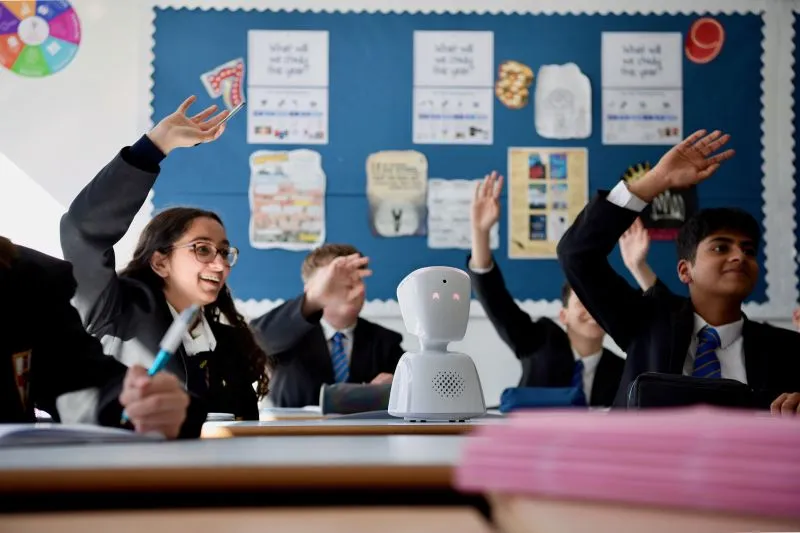Robotic Innovations: Enabling School Attendance for Chronically Ill Children

Robotic solutions are making significant strides in addressing the needs of chronically ill children who struggle to attend school. The AV1 robot, developed by No Isolation, can represent a sick student in the classroom, acting as their eyes, ears, and voice.
How AV1 Works
The AV1 robot is designed to look like a simplified human form and is equipped with a 360-degree rotating head, a camera, speakers, and a microphone. Children control the robot remotely using an app. This allows them to view the classroom, communicate with peers, and remain engaged with their education while battling illness.
Maintaining Social Connections
One significant advantage of the AV1 system is its ability to uphold social interactions amongst classmates. As discussed by Florence Salisbury, marketing director of No Isolation, the robot becomes a lifeline for students dealing with prolonged absences due to medical conditions. Additionally, 19% of students in England were reported to be persistently absent from school for various reasons.
Challenges of Implementation
Despite the exciting prospects of integrating the AV1 robot into educational settings, Michael Douglas from the Chartwell Cancer Trust mentions some administrative hurdles, such as technical infrastructure challenges and the need for adequate training for teachers.
Future Prospects
Further research, including studies published in Frontiers in Digital Health, indicates that these robotic technologies present high potential for educational engagement and social connections during recovery. No Isolation has also launched AV1 Academy, a resource library designed to improve robot usability.
Disclaimer: The information provided on this site is for informational purposes only and is not intended as medical advice. We are not responsible for any actions taken based on the content of this site. Always consult a qualified healthcare provider for medical advice, diagnosis, and treatment. We source our news from reputable sources and provide links to the original articles. We do not endorse or assume responsibility for the accuracy of the information contained in external sources.
This article was prepared using information from open sources in accordance with the principles of Ethical Policy. The editorial team is not responsible for absolute accuracy, as it relies on data from the sources referenced.